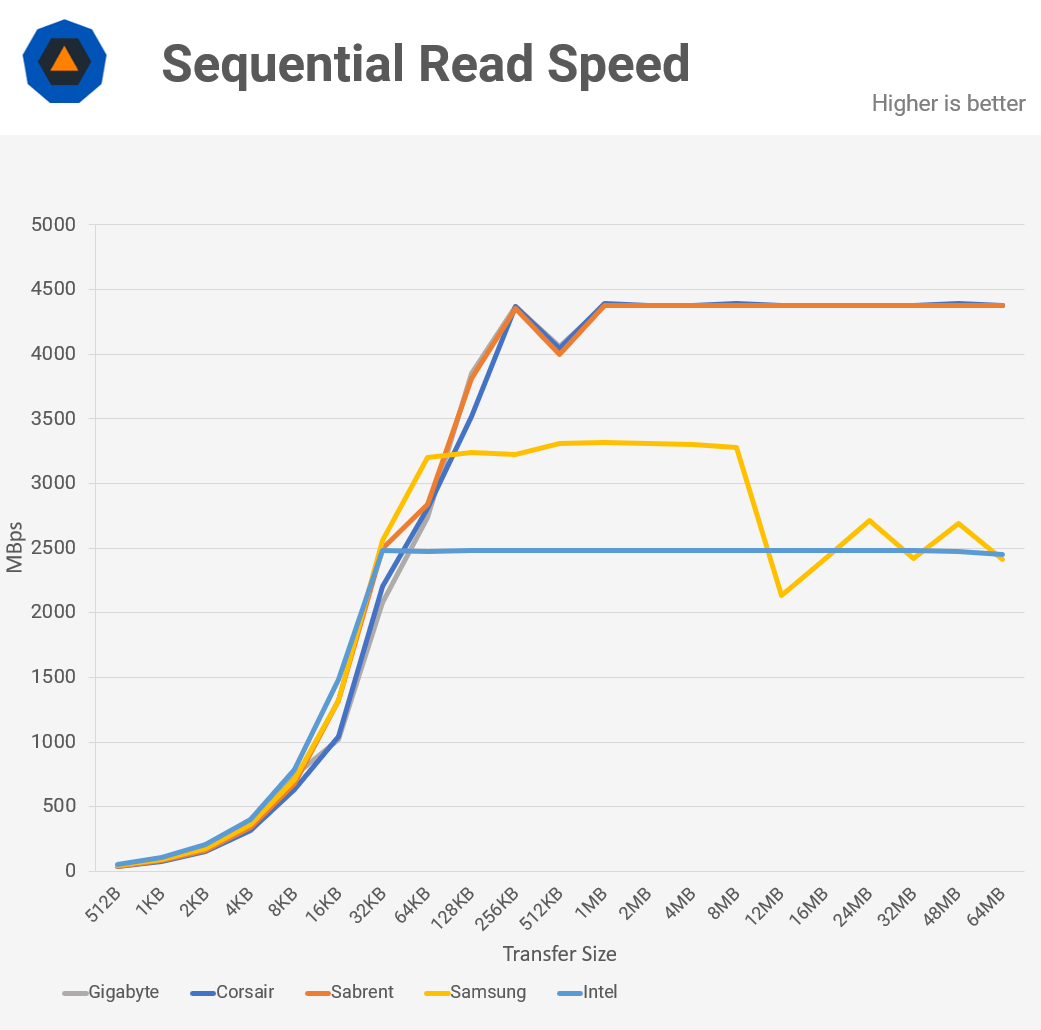D
Deleted member 86764
Guest
On an early devkits too...
Was the resolution maxed at 1440p or was the average resolution 1440p? We don't know if it scales up or down...
On an early devkits too...
Was the resolution maxed at 1440p or was the average resolution 1440p? We don't know if it scales up or down...
That makes no sense to me. SSD's access data directly, so position within the NAND won't affect seek time. With HDDs, or spinning disks, you have to move the head to the data with a significant influence on latency, so physically having the data closer by reduces seek times.
There should be zero reason to duplicate data on SSDs, unless I don't understand some underlying intricacies.

Lumen is only compute, if scales well with CUs it will run better in XSX.Since you mentioned Tutomos, he also said this :
https://www.resetera.com/threads/ti...-awesome-on-both.206223/page-10#post-34178337
So, XSX would run maybe this demo at higher res, but Nanite textures and Lumen lighting tech would be scaled down somehow?
AFAIK nand memory is not exactly random access memory.That makes no sense to me. SSD's access data directly, so position within the NAND won't affect seek time. With HDDs, or spinning disks, you have to move the head to the data with a significant influence on latency, so physically having the data closer by reduces seek times.
There should be zero reason to duplicate data on SSDs, unless I don't understand some underlying intricacies.
AFAIK nand memory is not exactly random access memory.
Fantastic explanation by Google:Depends of the filesystem, on PS5 they have file archive a fils format special SSD and on Xbox Series X Direct Storage it will arrive later on PC.
Well, Huang did say in a slide back in late 2019 that a "next gen console" is less than RTX 2080 on notebook.To give some context around the laptop GPU, the Nvidia RTX 2080 Max-Q : https://laptopmedia.com/comparisons...-that-far-away-when-it-comes-to-heavy-stress/

Well, he must be smoking something allucinogenic (Jen-Huan dixit) or AMD and RDNA 2 are some serious turds. But i dont believe so, as Volta and RDNA 1 already had the same perf/watt and RDNA2 suppossely will be here to neutralize the increment Amper will bring with IPC (rumored to be a 10% over Volta) plus node change.Well, Huang did say in a slide back in late 2019 that a "next gen console" is less than RTX 2080 on notebook.

To give some context around the laptop GPU, the Nvidia RTX 2080 Max-Q : https://laptopmedia.com/comparisons...-that-far-away-when-it-comes-to-heavy-stress/
Well, he must be smoking something allucinogenic (Jen-Huan dixit) or AMD and RDNA 2 are some serious turds. But i dont believe so, as Volta and RDNA 1 already had the same perf/watt and RDNA2 suppossely will be here to neutralize the increment Amper will bring with IPC (rumored to be a 10% over Volta) plus node change.
Is this in relation to the 40fps claim ?
Note that the engineers said, "Actually for the scene you saw previously, we were able to run it @ 40fps on our laptop inside the editor tool where the assets were not completely cooked".
I don't know what he meant by "not completely cooked".
Usually the editor performance is not as good as in-game, so that looks even better for pc gpu performance.
https://www.eurogamer.net/articles/...eal-engine-5-playstation-5-tech-demo-analysis
"The vast majority of triangles are software rasterised using hyper-optimised compute shaders specifically designed for the advantages we can exploit," explains Brian Karis. "As a result, we've been able to leave hardware rasterisers in the dust at this specific task. Software rasterisation is a core component of Nanite that allows it to achieve what it does. We can't beat hardware rasterisers in all cases though so we'll use hardware when we've determined it's the faster path. On PlayStation 5 we use primitive shaders for that path which is considerably faster than using the old pipeline we had before with vertex shaders."
Regarding software rasterising using CUs, I caught up reading the Eurogsmer article, and for PS5 at least, Epic are using its primitive/ geometry shaders for this area instead of CUs. So that presumably leaves the CUs for lighting and shading.
Also, RDNA2 has 4 Primitive/ Geometry units?
If they take a billion triangles in a frame and cull them down to 20 million lossless triangles, then render at 1440p/ 30. Those 4 primitive/ geometry shaders are spitting out roughly:
1440p ~ 3.6 million pixels per frame
PS5 GPU ~ 2230 MHz/ 30 FPS = 74.3 million cycles per frame
1 pixel rasterised ~ 74.3/ 3.6 ~ every 20 clock cycles using 4 primitive/ geometry units
So, their REYES algorithm can process a pixel in 20 cycles - is that quite cheap? Then use the CUs to shade and light for dynamic GI.
